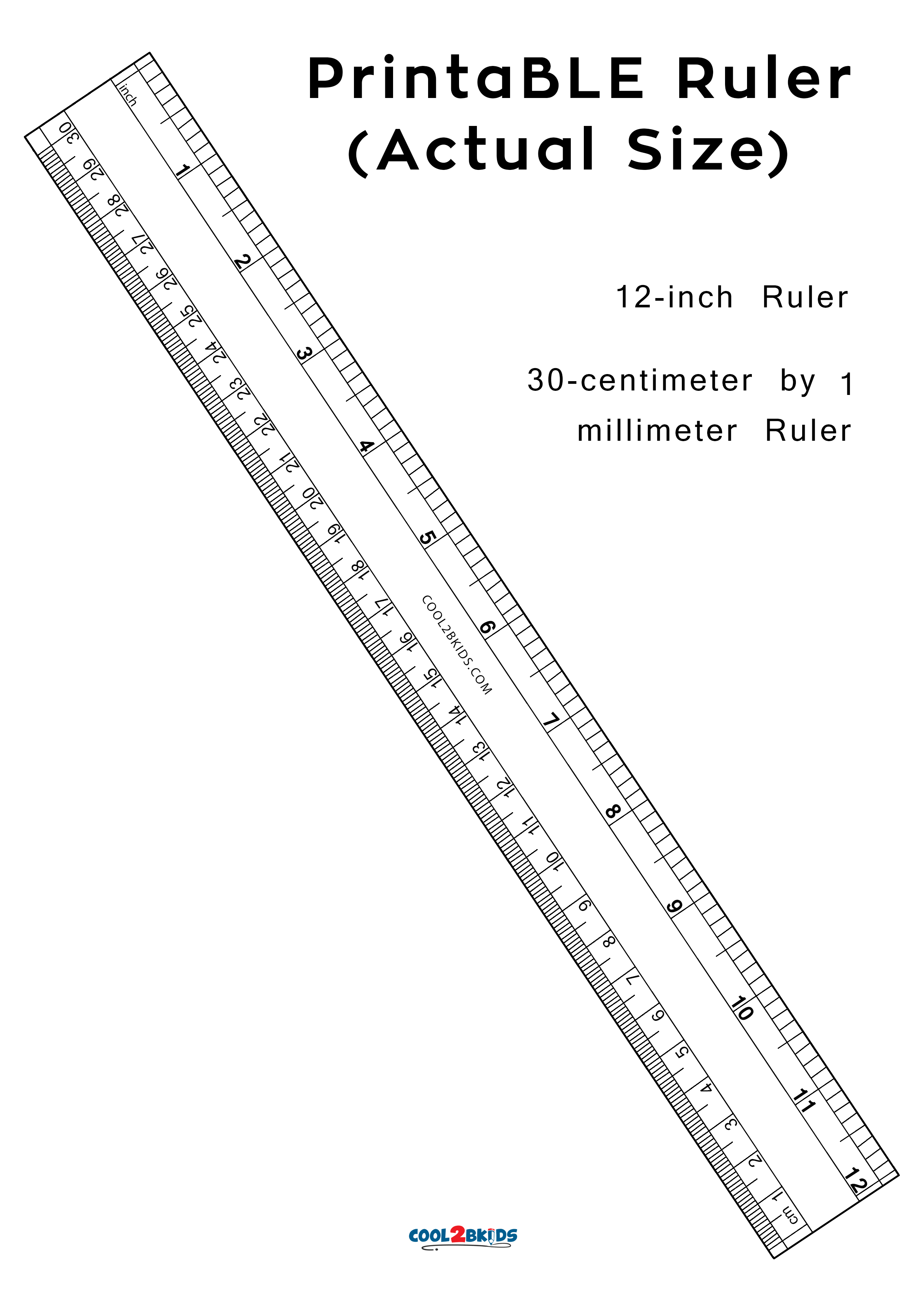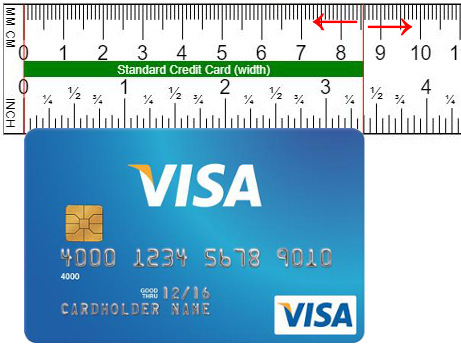

Accordingly, to the best possible, the reliability of the indications of the uncalibrated online ruler will differ from the standard. Depending on the type and class of device, the probable error varies in a range of up to several centimeters, or 1 inch. This circumstance is caused by the existing constraint imposed by the specifics of the interaction of modern web browsers (none of which has the functionality of providing web applications with access to information about the display’s physical parameters) with operating systems. In most practical cases, this calculated value does not correspond to the real extent and is instead proposed for consideration as an approximate one for consideration purposes. The diagonal of the current device's display, automatically detected by the browser, is. This presents many of the most common options among users. You can also select the size from the drop-down list (which opens when you click the button ▾, which is adjacent to the numeric input field). Then click the ↹ Calibrate or press the button ↵ Enter on the keyboard.

Enter this value in the input field located in the lower left corner of the ruler image. Specify the size of the diagonal of your screen in inches ("). You can calibrate it in one of the following two ways:
#ACTUAL 1 INCH HOW TO#
💁 How to use this online rulerįor the ruler to display correctly (i.e., in proportion to the actual physical size), it must be calibrated. The maximum length of the ruler (fully visible when displayed on a sufficient screen) is 20 inches, or 50 centimeters (500 millimeters) for the metric scale option. This online app works on both computers with a large screen (laptops, PCs, monoblocks or smart TVs) and mobile gadgets (phones, phablets, tablets, e-ink readers). You can make the necessary measurements on any device that allows you to browse the web. Short reviews of the various science resources and curricula I have used with my own children.If you want to measure the actual size of a small object in inches or centimeters and you don’t have a real ruler at hand, this virtual on-screen online ruler will help you.

Adding unlike fractions 2: Finding the common denominator.Multiplication Algorithm - Two-Digit Multiplier.Structured drill for multiplication tables.Multiplication concept as repeated addition.Add a 2-digit number and a single-digit number mentally.Fact families & basic addition/subtraction facts.Using a 100-bead abacus in elementary math.Look at the ruler that measures in 16th parts ¼-inch mark on the bottom three rulers above.Ĩth parts of an inch, find and label tick marks for these points: theġ/8-inch point, the 5/8-inch point, the 7/8-inch point, the 1 5/8-inchĪlso, find these same points on the ruler that measuresĤ. Find the ¼-inch mark, the ¾-inch mark, the 1 Find the ½-inch mark, 1 ½ -inch mark, and 2 ½-inch mark on all ofĢ. Instead, they are magnified to be “bigger” than the actual rulers,ġ. Here are four rulers that all measure in inches. It teaches students about measuring in inches, using the 1/16 parts of an inch. This is a complete lesson with instruction and exercises for fifth grade.


 0 kommentar(er)
0 kommentar(er)
